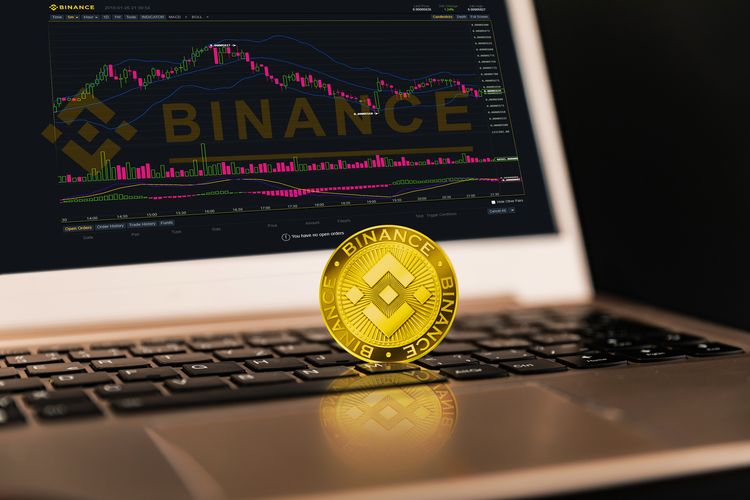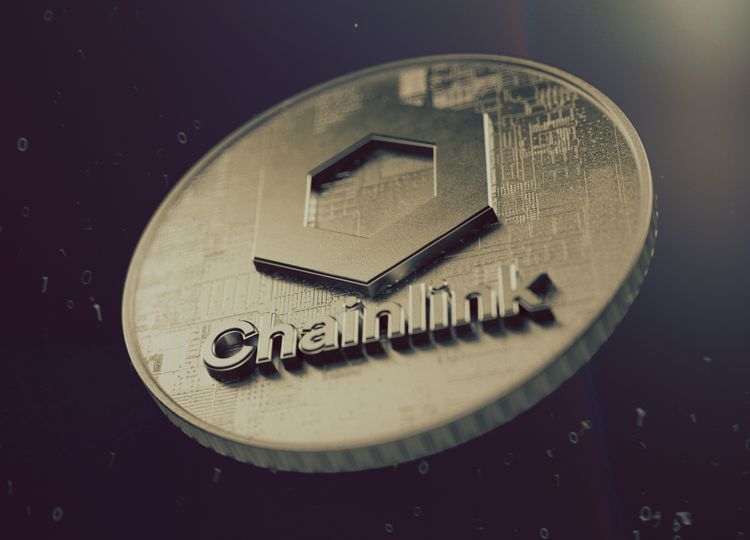These 10 Cryptocurrencies Might Be The Most Important Ones Outside Of Bitcoin And Ethereum
In 2009 when Bitcoin first hit the market, it was an innovative anomaly. Others before him thought of the idea, but Satoshi Nakamoto brought it to fruition during the 2008 funding crisis. The cryptocurrency was slow out of the gate; but, by 2017 and 2018, it’d begun to rise in popularity and value. By 2020 and 2021, the sky was the limit.

What Is Cryptocurrency?
Before examining different types of cryptocurrencies, unfamiliar investors may need a primer in this newer currency alternative. Most people are familiar with traditional money used as an exchange medium. One party has goods or services to sell that the other party wants to purchase. The two parties agree on a price, and unequal funds require an exchange rate to make the value fair. This currency can have a physical form, or it can, more commonly, transfer by digital means via a credit card, wire transfer, online third party, etc.
Similarly, cryptocurrency uses digital encrypted means to transfer value. However, it has neither physical form, intrinsic value, nor an exchange rate. Crypto is decentralized, unlike traditional fiat currency. No central authority governs its value, and no financial institution distributes it. The medium is instead universally updated as verified and recorded transactions on a blockchain.
Transactions are requested and broadcast to a peer-to-peer network. Once they are validated and verified, they are combined with others to make a data block, and then those blocks are linked as a blockchain. The widespread transparency and permanence prevent later alteration or hacking because the information doesn’t reside on only one system.
What Are The Bitcoin Alternatives?
Now others have created alternative cryptocurrencies, hoping to follow Bitcoin’s trendsetting success. These altcoins, which has developed a negative nickname for the failures—are attempting to make improvements by adding new features or changing protocols.
With all these new choices investors have, deciding which one is best suited for their needs involves a bit of comparison shopping.

Binance Coin
Created in 2017, Binance Coin cryptocurrency are utilitarian tokens used to pay fees and trade. When they are used on the Binance exchange, the transaction fees are discounted. But they are also available for exchange or trade with other cryptos.
Binance Coin shares the blockchain with the decentralized exchange. This exchange has one of the highest trading volumes in the world.
Binance increases the altcoin’s value by quarterly burnings of 20% of their profits. The scarcity ensures the supply is finite. They intend to continue the quarterly burns until they reach 100 million coins (50% of the total supply).
Bitcoin Cash
When developers or miners become dissatisfied with functions in prevailing blockchain employment, they can initiate a hard or soft fork to create a new protocol version. These wholesale changes are made to the code by consensus, and the new chain version is renamed.
In 2017, this happened with Bitcoin. The division arose due to a debate over the scalability of the block size. The result was the block size was increased to 8 MB from 1 MB, which in turn increases the transaction speed. Bitcoin Cash was the result of that hard fork.
Cardano
In 2017, Charles Hoskinson launched the proof-of-stake cryptocurrency Cardano. Hoskinson was a founding member of Ethereum, who left after disagreeing with the direction the crypto was taking. He created Cardano to follow his vision, relying on the expertise of engineers, cryptographers, and mathematicians.
Cardano is standing out as a crypto to watch, mainly because its creation followed rigorous research and over ninety blockchain technology whitepapers. Investors have dubbed Cardano the Ethereum Killer because it utilizes the best Ethereum has to offer but adds other functions that investors find attractive that Ethereum lacks.

Chainlink
Chainlink is a decentralized third-party service that provides information for smart contracts and blockchains that do not connect to the outside world. Its fame increased when the A.P. used the service to report voting data for the 2020 Presidential Election.
Chainlink intends to keep centralized data honest by verifying source data before distributing it on the network. It also runs an Ethereum-based token.

Ethereum
Ethereum is the blockchain network that has the cryptocurrency Ether. It can also hold and exchange other cryptos like Bitcoin. Ethereum is used to create conditional if/then statements that handle decision-making with a hypothesis followed by a conclusion.
Ethereum is more than just a medium exchange of cryptocurrency. The extensive system offers functionality variety allowing for continuous innovation. The network can also store data and decentralized applications instead of using host servers.
Litecoin
One of the earlier altcoins, Litecoin, is a spinoff that is nearly identical to Bitcoin. Litecoin was launched in 2011 by Charlie Lee, a graduate of MIT and former engineer for Google and Coinbase.
Lee forked the source code from Bitcoin with a maximum coin number increase and a different hashing algorithm. Its improved network process confirms transactions in about 25% of the time Bitcoin uses. However, the proof-of-work algorithm is more complicated and expensive to produce.
Monero
Monero is a fork of a fork from Bytecoin. The initial forking was ill-received by backers, and the original developer disappeared not long after launching BitMonero. An online community took BitMonero over and forked it again into Monero.
The resulting cryptocurrency is highly secure and untraceable. The higher levels of privacy have unfortunately led to illicit use on the darknet. It’s also gained notoriety from its use by fringe groups. Malicious hackers have also utilized the mining code in ransomware attacks.
Polkadot
The proof-of-stake cryptocurrency Polkadot was founded by one of Ethereum’s co-founders, Gavin Wood. With his co-founders, Wood envisions using the Polkadot Protocol to decentralize the internet into a Web 3.0.
The protocol connects different types of blockchain to exchange information. Ethereum leaves developers of smaller projects’ security vulnerable. Polkadot provides shared security that steps in and offers the parallel blockchains more security protection.

Stellar
The Stellar blockchain network connects decentralized digital currency investors with the means to make transfers to fiat money. The service reduces the transaction time from several days to almost instantaneous conclusions. It also avoids significant transaction fees since the transactions cost very little to operate.
Stellar is more than a blockchain for enterprise use. It has a native currency called Lumens, but it allows any currency to be transacted cross-border. The main requirement is users must hold Lumens to use the network for transactions.
Tether
The early stablecoin cryptocurrency is the popular Tether. It’s called a stablecoin because each $1 of cryptocoin was to be backed by $1 US in reserve. This backing statement changed over time, raising controversy that Tether was attempting to manipulate bitcoin pricing.
A 2018 investigation connected to a New York Attorney General lawsuit found evidence that hundreds of millions of dollars were missing and covered up. Forking of the crypto has begun to increase investor confidence, and 2019 saw significantly increased trading volume.
